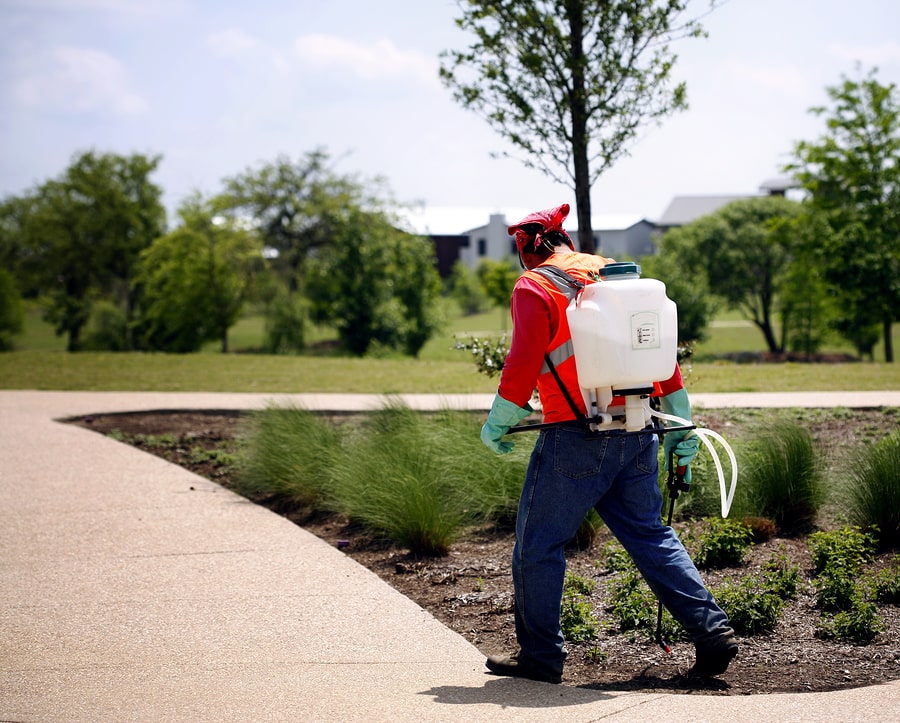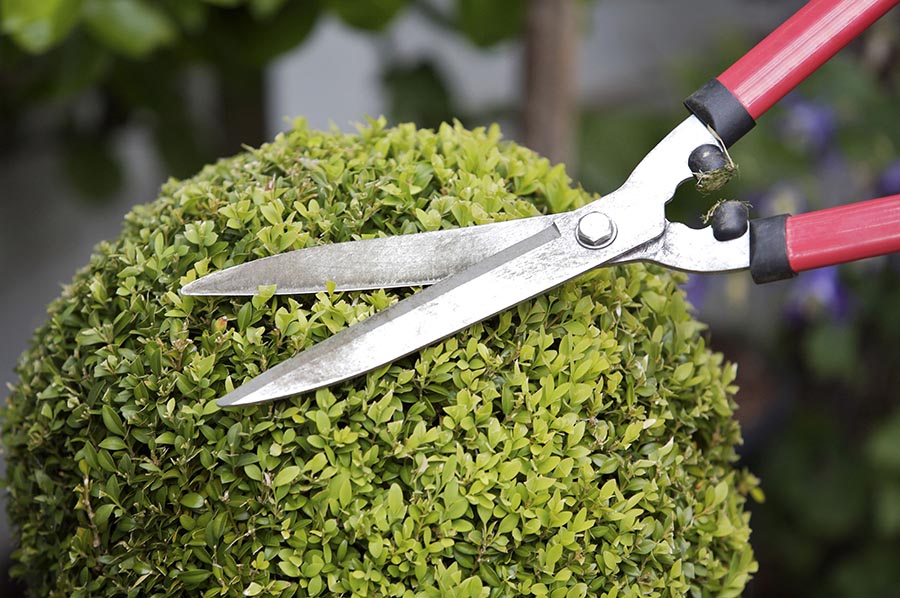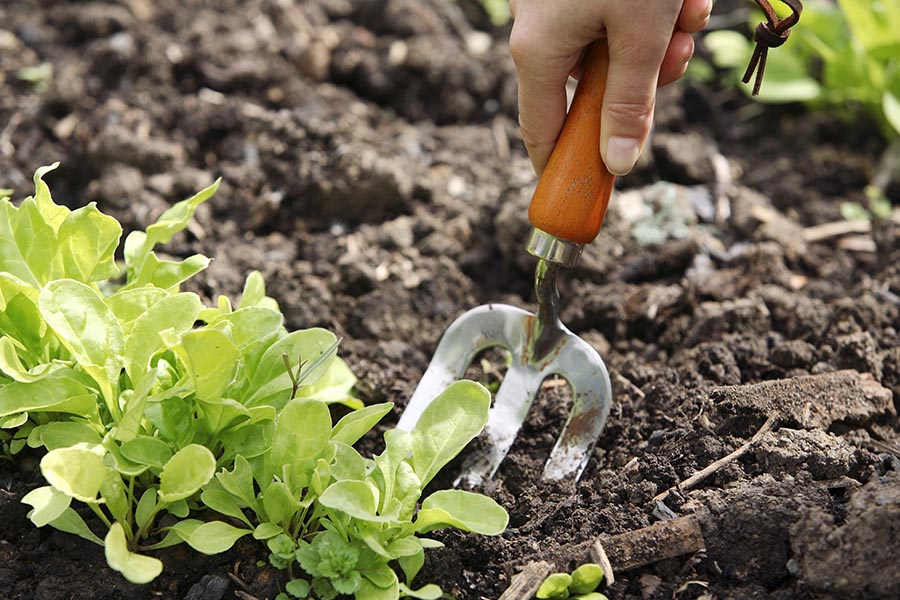What Is Included In Landscaping Maintenance?

Landscape maintenance includes pruning, shearing, bed maintenance, fertilizer application, pest control and disease treatment.
The Benefits of Urban Landscapes
Landscapes have always been a prominent part of urban households and commercial building gardens. While unquantifiable, studies have shown that they contribute significantly to both our physical and mental wellbeing. Arguably, this could be due to an intrinsic need to connect with nature, an aspect that is rarer within cities.
We often describe time spent amongst urban landscapes as a reprieve, a break of sorts from our daily hustle. Positive feelings are generated from being amongst soft grass, blooming flowers and flowing water features. As such, many homeowners and commercial property owners provide space for landscaping.
Landscapes Need Regular Maintenance
While landscapes do provide a host of aesthetic and functional benefits to us, they do require maintenance in return. At their core, landscapes are organic, meaning that they will constantly be growing and changing. In order to retain their health and desired appearance, intervention is required.
Due to the sheer variety of combinations that emerge from having different features and conditions, landscaping maintenance can be a tall order. To give property owners an idea of the range of mandatory tasks, we have written an introductory guide here. In this article, we shall cover 6 main activities that need to be performed to ensure the health of your landscape.
Pruning & Shearing For Hedges
A hedge is a boundary formed by closely grown shrubs, bushes or trees. While traditionally used as a demarcation of space or a natural fence to separate properties, a hedge can also be designed to mimic a shape for aesthetic purposes. Over growth of hedges is a common occurrence when regular maintenance is not carried out. In this case, hedges may begin to obstruct pathways or lose their original shape.
To keep hedges healthy, proper pruning is required. As more buds grow on the external surface of hedges, sunlight is increasingly blocked out from the interior. Consequently, without sunlight, the interior will suffer, resulting in failing health. Pruning helps to remove excessive growth on the exterior, thereby creating gaps for sunlight to reach the interior.
Pruning is also essential for the removal of dead, diseased or damaged stems. When these stems are left unaccounted for, the interior of the tree becomes a ripe environment for insects and diseases due to decay.
Finally, shearing is used to maintain the desired shape of hedges. A type of pruning technique, shearing involves removing large amounts of plant material in order to shape the plant. In particular, landscape professionals practice keeping the base of the plant wider than the top. This is done to ensure that all parts of the plant receive adequate sunlight.

Bed Maintenance
In landscaping, bed maintenance is a crucial processes for the long term health of your plants. The most common aspect of bed maintenance is the removal of weeds, or more commonly known as weeding.
Weeding is a mandatory activity as it prevents unwanted weeds from competing with your prized plants for sunlight, water, nutrients and space. It is recommended to carry out weeding as frequently as possible but not to overdo it each time. Having a minimal amount of weeds will help to retain the health of the eco-system.
To help keep a few spots of weeds and prevent them from overly competing with your plants, mulching can be applied. Mulch is any material which is laid over soil, helping to retain moisture and suppress weed growth. Common types of organic mulch include bark, manure, grass clippings and shredded leaves.
Plant Health Care
Plant health care is an umbrella term that houses 3 main processes, namely: fertilizer application, pest control and disease treatment.
Fertilizer Application
While plants do largely depend on water and sunlight for survival, having the right nutrients in the soil can be a great aid for their survival. Fertilizers provide these nutrients, commonly including:
- Nitrogen which stimulates the production of chlorophyll – the main chemical involved in photosynthesis
- Phosphorus which promotes the growth of roots, stem, flowers and fruit
- Potassium which is needed by plants for manufacturing their food
Fertilizers are especially crucial when plants are grown on soil that are ill suited to their needs. However, overfeeding plants fertilizer will lead to damaged or defective plants. As such, it is recommended that you perform soil tests before providing any fertilizers to your plants.
Pest Control
Unfortunately, no landscape environment is safe from pests such as grubs, bugs and millipedes. So long as water, food and temperatures fit, pests will survive and thrive. In particular, thick vegetation is highly attractive to pests such as ants, spiders, crickets and rats. While some pests are largely harmless beyond scaring your visitors, others are capable of wreaking havoc on your landscape.
Professional expertise is of tremendous help here in first finding pests and secondly identifying their threat. Since pests are capable of dealing a surprisingly large amount of damage to landscapes in a short time, immediate removal and future deterrence is required.
Disease Treatment
Similar to the presence of pests, no landscape is completely immune to plant diseases. Diseases can affect healthy landscapes when a change in environmental conditions occur. For example, excessive rain, heat or humidity can contribute to creating an environment ripe for diseases.
Common plant diseases include rust, red thread and snow mold. These diseases require repeat treatment to prevent the infection from spreading. Furthermore, even when removed, additional treatments will be required for your landscape to ensure a full recovery takes place.
In general, disease can be deterred by maintain healthy soil conditions. As covered before, one way of achieving this would be to provide the necessary fertilizer in the right doses. Doing so ensures that your landscape has sufficient nutrients to resist common diseases.

Trust BSG Landscape & Construction To Be Your Landscaping Partner
BSG Landscape & Construction has provided quality landscape maintenance services for over a decade. Our team includes certified arborists, horticulturists, landscape technicians and safety officers. We provide a full range of services including horticulture services, arboriculture services, tree maintenance, grass cutting and landscaping. We are the preferred contractor to make a clean and beautiful green landscape for you.

